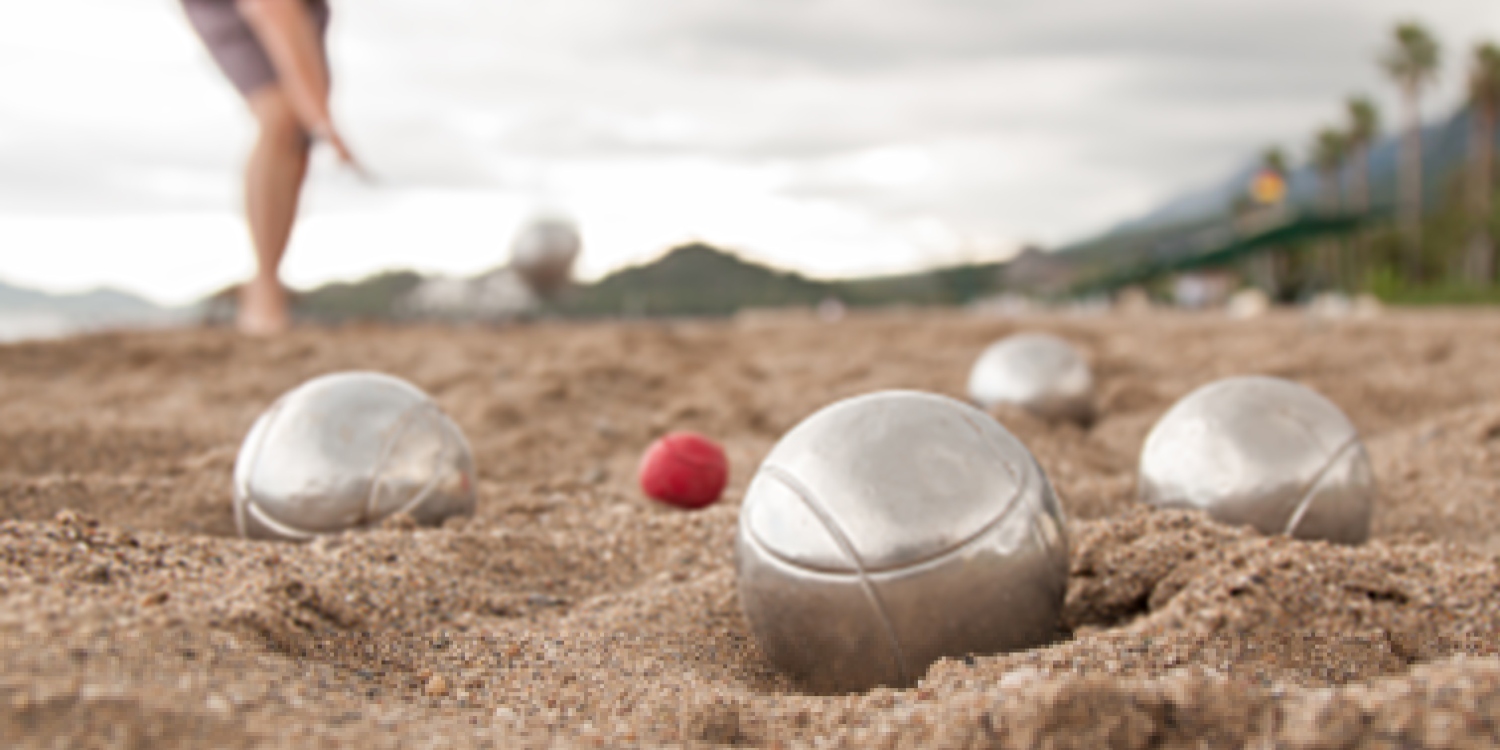As warmer weather approaches, homeowners are seeking innovative ways to enhance their outdoor spaces. One such trend gaining popularity this summer is the replacement of traditional lawns with elegant and easy-to-care-for bocce ball courts – a choice that blends functionality with fun. Bocce ball courts have practical advantages and entertaining appeal, providing a stylish solution.
The Bocce Ball Court Backyard Trend

For some time now, the allure of conventional lawns has been diminishing due to their demanding maintenance and excessive water consumption. In response, homeowners are opting for more eco-friendly and low-maintenance landscaping alternatives, like clover lawns, bee lawns, xeriscaping, or drought-tolerant native plants. Bocce ball courts are one of those fresh new trends and can be installed in long, shallow areas such as side yards, where seating or gathering spaces may be constrained.
Beyond their entertainment value, bocce ball courts can significantly elevate the value of a property. Among the most popular sports globally—alongside soccer and golf—bocce ball offers a simple one-handed gameplay, making it perfect for enjoying leisurely matches while sipping refreshing summer drinks.
Bocce Ball Courts Require Planning

Before embarking on the journey of adding a bocce ball court to one’s property, three key factors must be taken into consideration – location, court size, and drainage. Bocce ball can be played on almost any long, smooth surface, necessitating a location without slopes or dips that might disrupt the garden’s pathways.
To construct a regulation bocce ball court, raised barriers and a layer of concrete, rock, or gravel (three inches thick) are typically used, topped with several inches of court material. Crushed oyster shells, sand, or crushed stone are favored by professionals for the top layer, as they absorb bounce and facilitate drainage, ensuring a smooth and playable surface.
Proper drainage is of the utmost importance for the longevity of a bocce ball court. Preparing the ground by excavating a flat area and installing drainage systems, such as French drains, is essential, especially in regions with ample rainfall or areas where water tends to accumulate. Effective drainage prevents the court from turning into an unintended water feature and safeguards it from erosion, which can lead to uneven surfaces and puddling.

Layering is another crucial aspect of constructing a bocce ball court. Approximately three inches of rock or gravel should be laid, followed by landscape fabric to inhibit weed growth. Throughout the process, it is essential to monitor and adjust the level of each layer to achieve a smooth playing surface.
Once the bocce ball court is in place, maintenance requirements are relatively minimal. Occasional raking to remove debris and smoothen the surface is all that is needed. Additionally, treating the court frame as one would a deck and refinishing it every few years will help prevent wear and damage. Periodically adding extra sand, oyster shells, or crushed rock to the court will ensure its surface remains full and level, guaranteeing continued enjoyment for years to come.